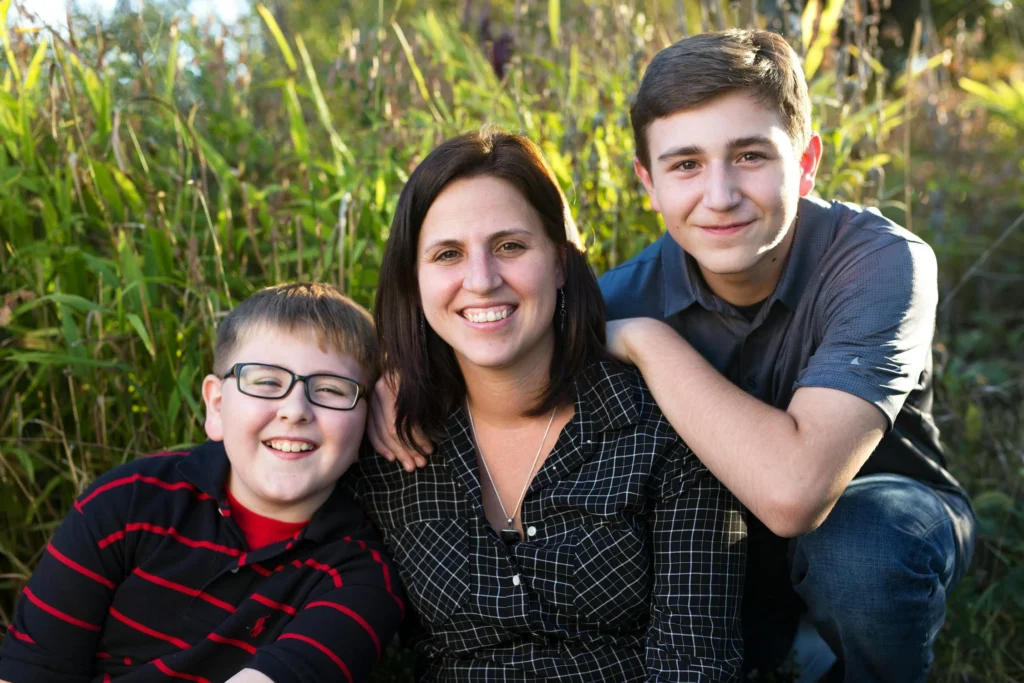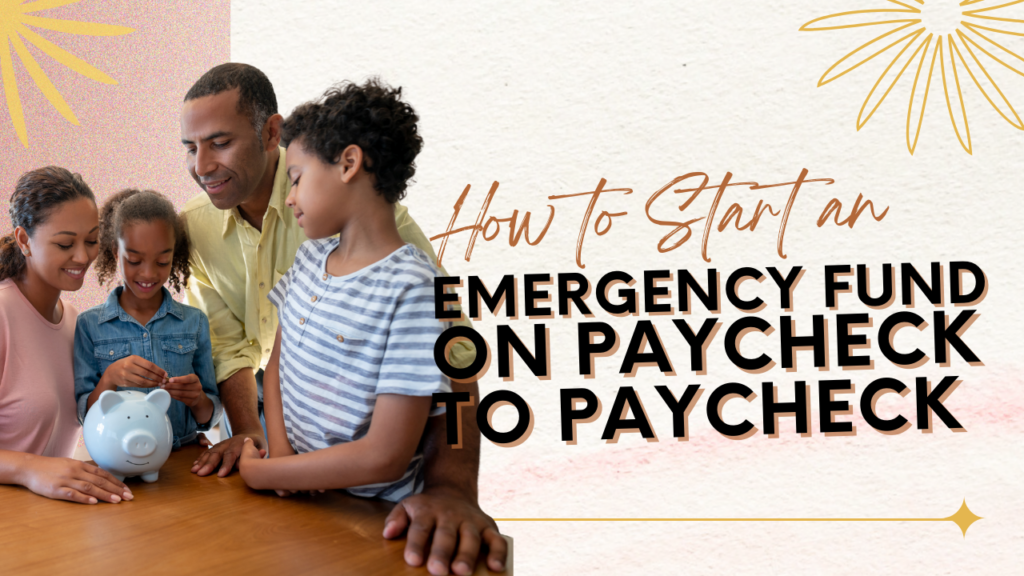Have you ever thought about how your family can make a positive impact on the world? As parents, we strive to instill values like kindness, empathy, and generosity in our children. One of the most effective ways to achieve this is by creating a charitable giving plan that aligns with your family’s values.
Let’s chat about why this is so important and how it can benefit not just others, but our own families too.
1. Teaching Valuable Life Lessons
Firstly, involving your family in charitable giving is a powerful way to teach your children about compassion and the importance of helping others. When they see you making decisions based on empathy and generosity, they learn to do the same. It’s like setting a living example for them to follow, which is much more impactful than just telling them to be kind.
2. Strengthening Family Bonds
Planning your charitable activities as a family can be a bonding experience. Whether it’s sitting down to choose which causes to support or participating in volunteer activities together, these moments bring us closer. It’s about sharing experiences that have deep meaning and purpose, creating memories that your kids will carry with them forever.
3. Promoting Gratitude and Perspective
In our fast-paced, material-driven world, it’s easy for children (and let’s be honest, us adults too) to lose sight of what’s truly important. By focusing on helping those in need, our families gain perspective on our own privileges and blessings. This fosters a sense of gratitude and contentment, something that’s invaluable in today’s world.
4. Tailoring to Your Family’s Interests and Values
What’s great about a charitable giving plan is that it can be tailored to reflect your family’s unique values and interests. Love animals? Support a local animal shelter. Passionate about the environment? Participate in community clean-up drives. By aligning your charitable activities with your family’s passions, you ensure that the experience is meaningful and engaging for everyone.
5. Leaving a Legacy
By establishing a tradition of giving, you’re creating a legacy of compassion and kindness. Imagine your children growing up to continue this tradition with their families. It’s a ripple effect that extends the impact of your generosity far beyond your immediate family.
6. Encouraging Financial Responsibility
Creating a giving plan also has the practical benefit of teaching financial responsibility. Deciding how much to donate and managing these donations helps children understand budgeting and the value of money. It’s a great way to introduce them to financial planning in a way that’s both practical and heartwarming.
“Incorporating charitable giving into your estate plan is a meaningful way to extend your impact beyond your lifetime. It provides you with an opportunity to support the causes and organizations that matter most to you while potentially reducing your estate’s tax burden,” says Family Estate Planning Law Group.

Reasons to Give to Charity
Let’s dive a bit deeper. We’ve talked about how creating a charitable giving plan can benefit our families, but let’s also look at why giving to charity itself is so meaningful.
Here are five compelling reasons to give to charity:
Making a Tangible Impact
When we give to charity, we contribute to causes that can make a real, tangible difference in the world. Whether it’s providing meals for the hungry, supporting medical research, or helping to preserve the environment, our donations can lead to significant changes. It’s empowering to know that our contributions, no matter how small, are part of a bigger picture of positive change.
As the Charities Aid Foundation puts it, “The Covid-19 pandemic has encouraged many of us to take a closer look at our local communities and to consider how we can make a difference. Giving to charity, and particularly locally, can be a powerful way to invest in the people and places that make up our everyday lives.”
Fulfilling a Sense of Duty and Compassion
As human beings, many of us feel an innate sense of duty to help others. This is especially true when we become parents and start to see the world through our children’s eyes. Giving to charity satisfies this sense of moral obligation, allowing us to extend our compassion beyond our immediate circle to those in wider communities who need our help.
Boosting Personal Happiness and Satisfaction
It’s often said that giving is more rewarding than receiving, and science backs this up! Studies have shown that charitable giving can boost our mood, leading to greater personal happiness and satisfaction. Knowing that we’re making a difference can give us a profound sense of fulfillment that’s hard to find elsewhere.
Creating a More Equitable World
In a world where resources are unevenly distributed, charitable donations can help bridge gaps. By giving, we contribute to a more equitable society where everyone has a chance to thrive. This is especially crucial for our children to understand – that they have the power to create a world where fairness and kindness are not just ideals, but realities.
Inspiring Others and Cultivating a Giving Community
Our actions have a ripple effect. When we give to charity, we set an example for our family, friends, and community, inspiring them to also contribute. This collective effort can cultivate a culture of giving within our communities, creating a network of support and kindness that reaches far and wide.

Tax Benefits of Charitable Giving
While we often focus on the ethical and emotional benefits of charitable giving, there’s a practical financial advantage we shouldn’t overlook: enjoying a tax deduction, more so for capital gains taxes. You can use a donor-advised fund to make these charitable contributions. Private foundations or donor-advised funds? It depends on what best fits you. You can also invest in a charitable gift annuity.
First off, what is capital gains tax? It’s a tax on the profit made from selling something you own, like stocks, mutual funds, private equity fund interests, or real estate, for more than you purchased it. This tax can take a significant bite out of your earnings from these investments. The charitable deduction can balance the increase in taxable income.
When you donate an asset like stocks or property directly to a charity, you generally don’t have to pay capital gains tax on the appreciation and deduct the fair market value. This means:
- Maximizing Your Donation: By avoiding the capital gains tax, the full value of your appreciated assets goes directly to the charity. It’s more efficient than selling the asset, paying taxes, and then donating the remainder.
- Reducing Your Tax Burden: The value of your donation is often tax-deductible. This means you can reduce your taxable income by the full market value of the asset (be sure to check with a tax advisor for specifics, as tax laws can vary). You can also refer to this as tax-deductible donations.
- Smart Asset Management: This strategy can be a savvy part of managing your investments. If you have stocks that have significantly appreciated in value, donating them can be a wise move financially and philanthropically. But remember that your ability to claim itemized deductions depends on a few factors.
Involving Children of All Ages
It’s important to tailor your approach to fit the age and understanding of each child. Here’s how we can involve kids of different ages:
For Young Children (Ages 3-7)
- Storytelling: Use simple stories to explain the importance of helping others.
- Simple Tasks: Involve them in simple, tangible tasks like picking out canned goods for a food drive.
- Piggy Banks for Charity: Encourage them to put a portion of their allowance in a ‘charity piggy bank.’

For Middle Childhood (Ages 8-12)
- Researching Charities: Let them research and present a charity they’re passionate about.
- Fundraising Activities: Encourage them to participate in or even organize small fundraising activities like a lemonade stand.
- Volunteering: Start involving them in volunteering activities suitable for their age.
For Teenagers
- Deep Discussions: Engage in deeper conversations about social issues and the impact of charitable work.
- Budgeting for Charity: Give them more responsibility in budgeting and decision-making processes.
- Leadership Roles: Encourage them to take on leadership roles in community service projects.
“Individual family members can research several nonprofits with similar missions, and use meeting time to discuss each organization’s methods and determine which is the best candidate for your gifts,” encourages Fidelity Charitable.
Incorporating these strategies into your family’s charitable giving plan can turn generosity into a shared journey, one that’s enriching and educational for everyone. Let’s raise a generation of caring, compassionate, and socially responsible individuals.
Engaging Family in Your Giving Strategy
Alright, moms, let’s talk about getting the whole family involved in our giving strategy. It’s not just about deciding where the money goes, but about making the process a family affair. Here’s how we can do it:
1. Family Meetings for Charitable Decisions
Hold regular family meetings to discuss potential charities and causes. This is a great opportunity for each family member to voice their opinions and learn about different issues. You can even turn it into a fun family activity with snacks and a cozy setup!

2. Educational Opportunities
Use these moments to educate your kids about the challenges facing the world. This can range from environmental issues to social injustices. It’s a chance for them to understand the bigger picture and feel more connected to the causes they’re supporting.
3. Set a Family Giving Budget
Involve your kids in setting a budget for charitable donations. This is a fantastic way to teach them about financial planning and the importance of allocating resources for a good cause. Plus, it makes them feel responsible and valued in the decision-making process.
4. Matching Gift Programs
If your budget allows, set up a matching gift program within your family. For instance, for every dollar your child donates from their allowance, you match it. This not only encourages them to give but also amplifies their impact.
5. Celebrate and Reflect
After making donations or volunteering, take time to celebrate and reflect on the experience. Discuss what you learned, how it felt, and what you might want to do differently next time. This helps to reinforce the positive aspects of giving.
Final Thoughts
As we navigate the journey of parenthood, let’s remember the powerful role we play in shaping the future, not just for our children, but for the world they will live in. By creating a charitable giving plan, we’re doing more than just donating money or time; we’re nurturing hearts that care, hands that help, and minds that understand the power of giving.
So, fellow moms, let’s start this journey. It’s about making the world a little brighter, one family at a time.
If you are interested in starting and working on your journey to financial independence, consider joining our Money Mastery for Modern Families.




